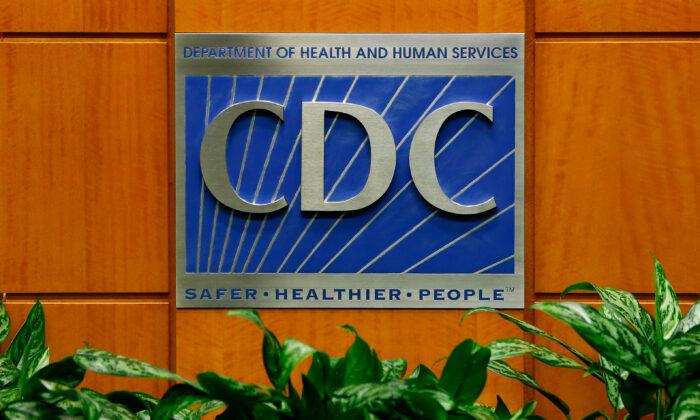Social media is abuzz with news of a new death count for COVID-19 with some commentators suggesting it makes this novel virus appear far less threatening than previous figures have portrayed.
Divisive Figures
The figure comes from a recent report by the U.S. Centers of Disease Control (CDC), which found that only six percent of the reported 161,392 U.S. death certificates as of August 22 had COVID-19 as the only cause of death. Six percent of 161,392 is about 9,682.The remaining 94 percent of deaths had two to three co-morbidities in addition to COVID-19. Most people that have died from the virus have been of advanced age.
One popular Tweet read:
“9,682 deaths. In a country of 327 million. That’s .0000296% Interesting to note, life expectancy in the U.S. is 77 years old, avg age of COVID death is 80.”
Death counts have been one of many points of suspicion throughout this pandemic response, with accusations that officials want to keep numbers high in order to justify an ever extending period of restrictions.
“There are other countries that if you had a preexisting condition, and let’s say the virus caused you to go to the ICU and then have a heart or kidney problem. Some countries are recording that as a heart issue or a kidney issue and not a COVID-19 death,” Birx said. “The intent is if someone dies with COVID-19, we are counting that as a COVID-19 death.”
According to the CDC report, the top underlying medical conditions linked to coronavirus deaths include: influenza and pneumonia, respiratory failure, hypertensive disease, diabetes, vascular and unspecified dementia, cardiac arrest, heart failure, renal failure, intentional and unintentional injury or poisoning.
So what does this new six percent number tell us? Several tweets (some of which have been censored) say the figure represents the number of people who “actually” died of COVID-19, while everyone else died of some other cause and merely tested positive for COVID-19.
But according to the National Center for Health Statistics (NCHS) the truth is more complicated. NCHS is the organization that uses incoming data from death certificates to produce provisional COVID-19 death counts, and provide summaries that examine deaths in specific categories and in greater geographic detail.
Robert Anderson, chief of the Mortality Statistics Branch at NCHS explains that death certificates list any causes or conditions that contributed to death.
“The underlying cause of death is the condition that began the chain of events that ultimately led to the person’s death. In 92 percent of all deaths that mention COVID-19, COVID-19 is listed as the underlying cause of death,” Anderson said.
For those who believe that the remaining 94 percent of recorded COVID-19 deaths have nothing to do with the virus, Anderson stresses that the virus does indeed play a role in fatality, especially when there are other illnesses involved.
“These data are consistent with CDC guidance that those with underlying medical conditions are at greater risk for severe illness and death from COVID-19,” he said. “It is especially important for people at increased risk of severe illness from COVID-19, and those who live with them, to protect themselves from getting COVID-19.”
With an increasing death and case count consistently dominating the news cycle, why did officials wait until now to release this new six percent figure? The CDC report says it’s a matter of time and bookkeeping. Death certificates take time to be completed, states report at different rates, officials need extra time to code COVID-19 deaths, and other reporting systems use different definitions or methods for counting deaths.
The CDC states that tracking all the deaths involving coronavirus “can provide information about whether an excess number of deaths is observed, even when COVID-19 mortality may be undercounted.” Fatalities due to these other causes of death “could represent misclassified COVID-19 deaths, or potentially could be indirectly related to COVID-19,” (such as deaths due to an overburdened health care system).
Since those already struggling with chronic health issues are by far at greatest risk of dying from the virus, Anderson urges that people in this category (and those who live with them) still need to take precautions.
“Limit your interactions with other people as much as possible,” Anderson said. “Take precautions to prevent getting COVID-19, such as wearing a mask and staying at least 6 feet apart when you do interact with others.”






